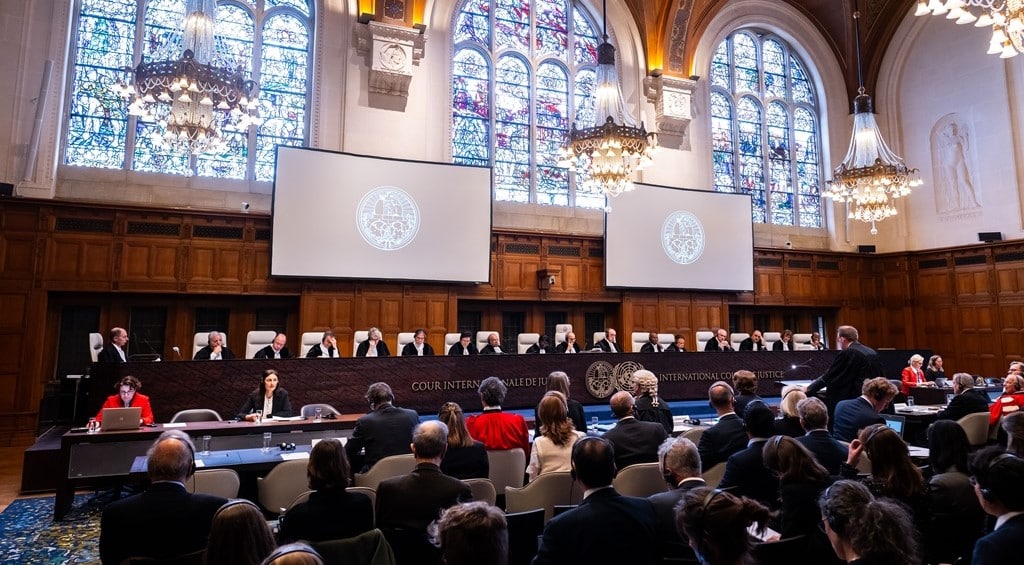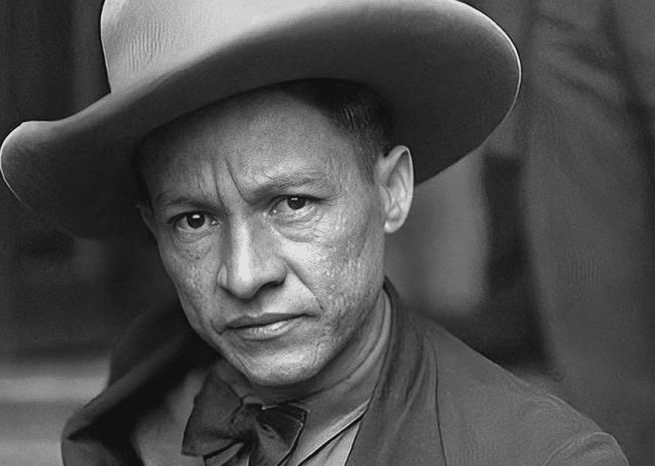22 de febrero 2024

ICJ Rules Against Nicaragua's Request For Germany to Halt Arms Sales to Israel

PUBLICIDAD 1M
PUBLICIDAD 4D
PUBLICIDAD 5D
A tragic constant in Latin American history that “made its heroes victims, its wise men outcasts, and its honorable men pariahs”

Augusto César Sandino (1895-1934)Foto: wikipedia.com
The assassination of revolutionary leaders was a recurring practice in the early decades of the Latin American and Caribbean 20th century. In Mexico, Madero, Zapata, Carranza, Villa, Carrillo, and Obregón did not die in combat but were executed. Cubans Julio Antonio Mella, Rafael Trejo, Antonio Guiteras, Sandalio Junco, Jesus Menendez, and Aracelio Iglesias all died assassinated between the 1920s and the 1940s.
Among those frequent political homicides, the one of the Nicaraguan Revolution leader, Augusto Cesar Sandino, stands out for its drama and shock, in February 1934. After five years of resistance against the intervention of the United States, leading a popular army, in 1933 Sandino signed peace with the government of Juan Bautista Sacasa.
Since the end of 1932, the US administration of Herbert Hoover had announced the withdrawal of its troops from Nicaragua, hoping that the military control of the National Guard, in the hands of Anastasio Somoza García, and a political power favorable to anti-Sandinista warlords like Jose María Moncada, would contain the rising leadership of the so-called “general of free men.”
The presidential election in 1933 of Juan Bautista Sacasa, a physician, facilitated the pacification project. The new president recognized Sandino’s triumph, who in that year represented the role of protector of a peace won with blood and fire in the jungles of Las Segovias. Throughout that year of 1933, Sandino and his popular army represented the best guarantee for a democratic reconstruction, under sovereign conditions.
Encounters between Sandino and President Sacasa and Somoza were frequent. In a photo with the latter, the revolutionary leader, slim and small, rests his arm on the shoulder of the taller and more robust military man. Both smile slightly, Sandino candidly and Somoza with a concealed look of annoyance.
During those tense months of peace, the assassins studied Sandino’s routine and plotted his execution. On the night of February 21, Sandino dined with Sacasa at the Presidential Palace at Loma de Tiscapa, in Managua. Accompanying him were his father Gregorio Sandino, his brother Sócrates Sandino, the Minister of Agriculture Sofonías Salvatierra, and his generals Francisco Estrada and Juan Pablo Umanzor.
Upon leaving dinner, the group was arrested and separated by National Guard officers. Sandino, his brother Sócrates, Estrada, and Umanzor were taken to the El Hormiguero camp, while his father and Minister Salvatierra were detained at Campo Marte. The Sandino brothers and their lieutenants would be assassinated that same night.
The shock that this crime caused in Latin America was palpable in the following weeks and months. Survivors such as the father, Gregorio Sandino, and Minister Salvatierra provided immediate testimonies of the event. Chilean poet Gabriela Mistral, who had denounced US intervention and even predicted the leader’s death, left pages filled with indignation.
Jose Vasconcelos, on the other hand, observed something deserving greater attention: when he died, Sandino was a victor, not a vanquished, as one might think of the overthrown Madero of 1913 or the cornered Zapata of 1919. Sandino was killed at the most stellar moment of his glory, when he savored a fragile victory that could become the platform for a new national political project.
Both Mistral and Vasconcelos saw in Sandino’s death the reaffirmation of a tragic constant in Latin American history that “made its heroes victims, its wise men outcasts, and its honorable men pariahs.” Neither of them were communists or socialists, in fact, they were no longer revolutionaries, and precisely because of that, they saw in Sandino the most inclusive symbol of Latin American anti-imperialism.
This article was published in Spanish in Confidencial and translated by Havana Times. To get the most relevant news from our English coverage delivered straight to your inbox, subscribe to The Dispatch.
PUBLICIDAD 3M
Historiador y ensayista cubano, residente en México. Es licenciado en Filosofía y doctor en Historia. Profesor e investigador del Centro de Investigación y Docencia Económicas (CIDE) de la Ciudad de México y profesor visitante en las universidades de Princeton, Yale, Columbia y Austin. Es autor de más de veinte libros sobre América Latina, México y Cuba.
PUBLICIDAD 3D